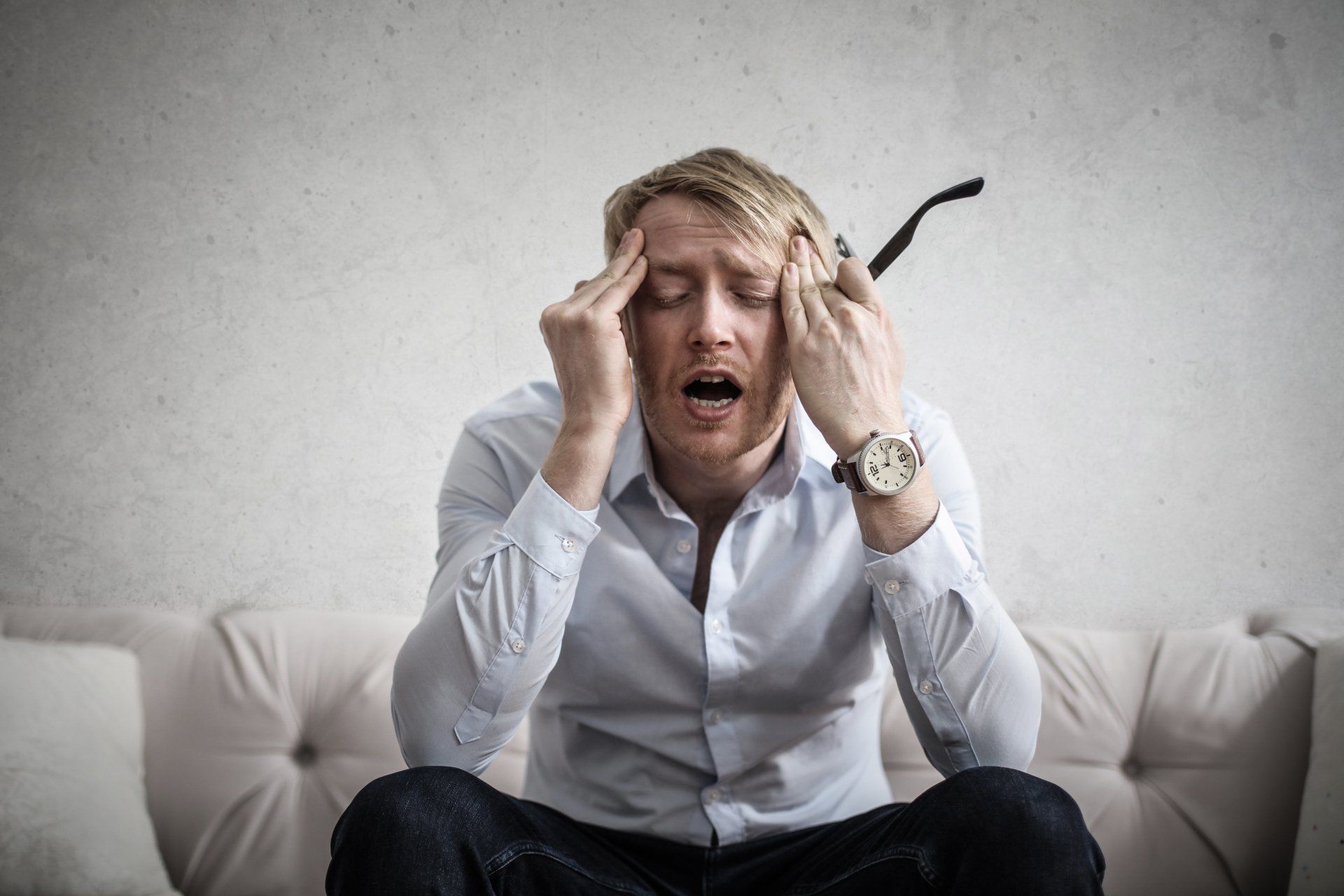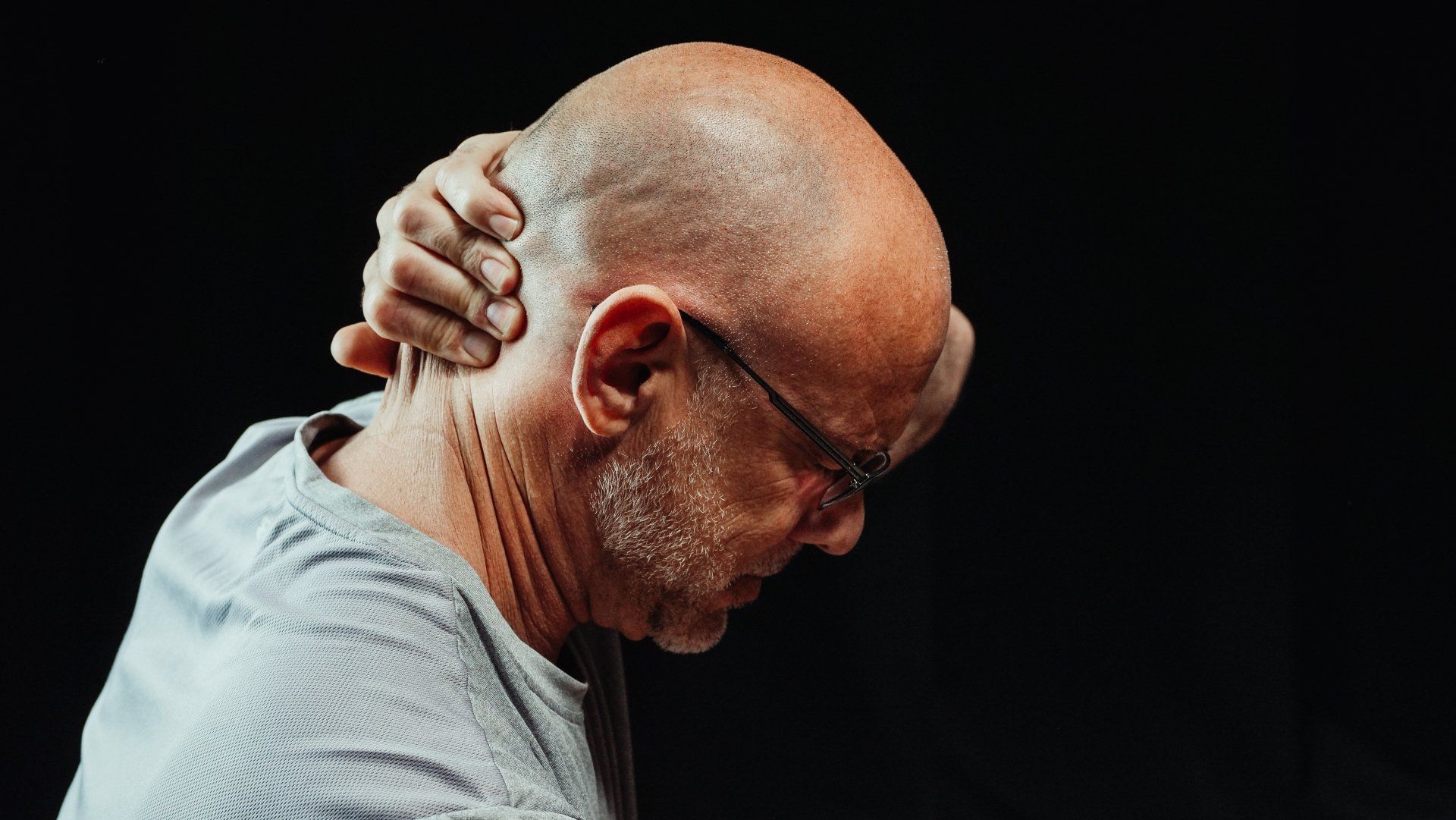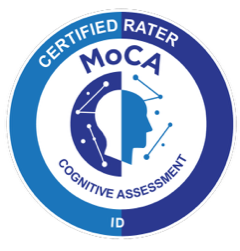Kids who appear oppositional are often anxious
Anxiety is a feeling of worry, nervousness or unease about something with an uncertain outcome.
It is common for children with undiagnosed anxiety to be disruptive at school, where demands and expectations put pressure on them that they can not handle. It can be very confusing for teachers and other staff members to “read” that behaviour which may seem to come out of nowhere. It is also very confusing and upsetting for the child.
A thought, word, action or a situation can trigger an emotion and feeling. Emotions that frequently accompany anxiety are worry, fear, anger, embarrassment, overwhelm, frustration, feeling trapped and a loss of control. Anxiety is complex as it can be accompanied by a number of emotions and the feelings are expressed physically in the body in a multitude of ways. Each combination is unique to the person and is not always the same combination. However what is common to everyone who experiences anxiety is that the unconscious fight / flight / freeze response of the sympathetic nervous system is activated and their ability to think clearly is reduced. This is why it can be difficult to reason with an anxious child and why it is confusing and difficult for them to identify it for themselves.
Some physical symptoms many of us will recognise are butterfly’s in the stomach, a racing heart, dizziness, trembling, sweating, difficulty breathing, pressure or pain in the chest, going weak at the knees, numbness and tingling sensations, feeling detached from reality, confusion, an overwhelming feeling of fear or that you are in danger, an urgency to escape and a feeling of losing control.
Everyone will experience one or more of these feeling at some stage in their life but you can only image how confusing, upsetting and isolating any of these feeling would be for a child.
As a parent or teacher some of the indicators of anxiety to look out for are;
A sudden need to go to the bathroom
Feeling sick
Feeling that something is stuck in their throat
Colour drained from the face
Emotional upset
Inability to calm down
Vomiting
Sensitivity to light or sound.
A need to walk, run or get away
Difficulty sleeping
Increased anxiety leads to aggression, clinging, a melt down, temper tantrums, procrastination, hyper focus on details, seeing or hearing things, an immediate need to escape, disruptive behaviour and avoidance of certain activities. Anxiety is also linked to many psychosomatic conditions including allergies, body jerks, pain, hyperactivity, OCD, social anxiety disorder, post traumatic stress and a long list of phobia’s
The good news is that catching anxiety in the early stages means it is easier to recover from, and there are techniques that parents can learn and use at home to help their children cope.
If you see, hear or have a feeling that your child is struggling stop and think back to identify what events preceded the behaviour. Keep a diary of symptoms and possible triggers to help you make sense of what is going on.
Children will often deny there is anything wrong, but as a parent trust your intuition the earlier you get your child help the easier it is to resolve the issue.
Stay Up to Date - get new blog posts, videos and articles straight into your inbox
Contact Us
Blog Categories










